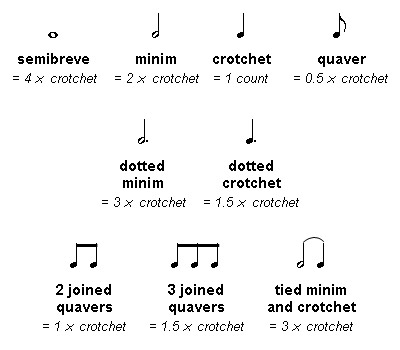

Even in notation that includes dots, their performed values may be longer than the dot mathematically indicates, a practice known as over-dotting. The precise performance of dotted rhythms can be a complex issue. Historical examples of music performance styles using dotted rhythms include notes inégales and swing. The use of a dot for augmentation of a note dates back at least to the 10th century, although the exact amount of augmentation is disputed see Neume.Ī rhythm using longer notes alternating with shorter notes (whether notated with dots or not) is sometimes called a dotted rhythm. Although shorter notes do occur, sixty-fourth notes are considered the shortest practical duration found in musical notation. The difficulty may be seen by comparing dotted notation to tied notation: a quarter note ( ) is equivalent to 2 tied eighth notes ( ), a dotted quarter = 3 tied eighth notes, double dotted = 7 tied sixteenth notes ( ), triple dotted = 15 tied thirty-second notes ( ), and quadruple dotted = 31 tied sixty-fourth notes ( ). If the original note is considered as being of length 1, then a quintuple dot would only be 1/32 longer than the quadruple dotted note. Though theoretically possible, a note with more than three dots is highly uncommon only quadruple dots have been attested. Subsequent dots add progressively halved value, as shown in the example to the right. This means that a dotted note is equivalent to writing the basic note tied to a note of half the value – for instance, a dotted half note is equivalent to a half note tied to a quarter note. In modern practice, the first dot increases the duration of the basic note by half (the original note with an extra beam) of its original value. In Western musical notation, a dotted note is a note with a small dot written after it.


 0 kommentar(er)
0 kommentar(er)
